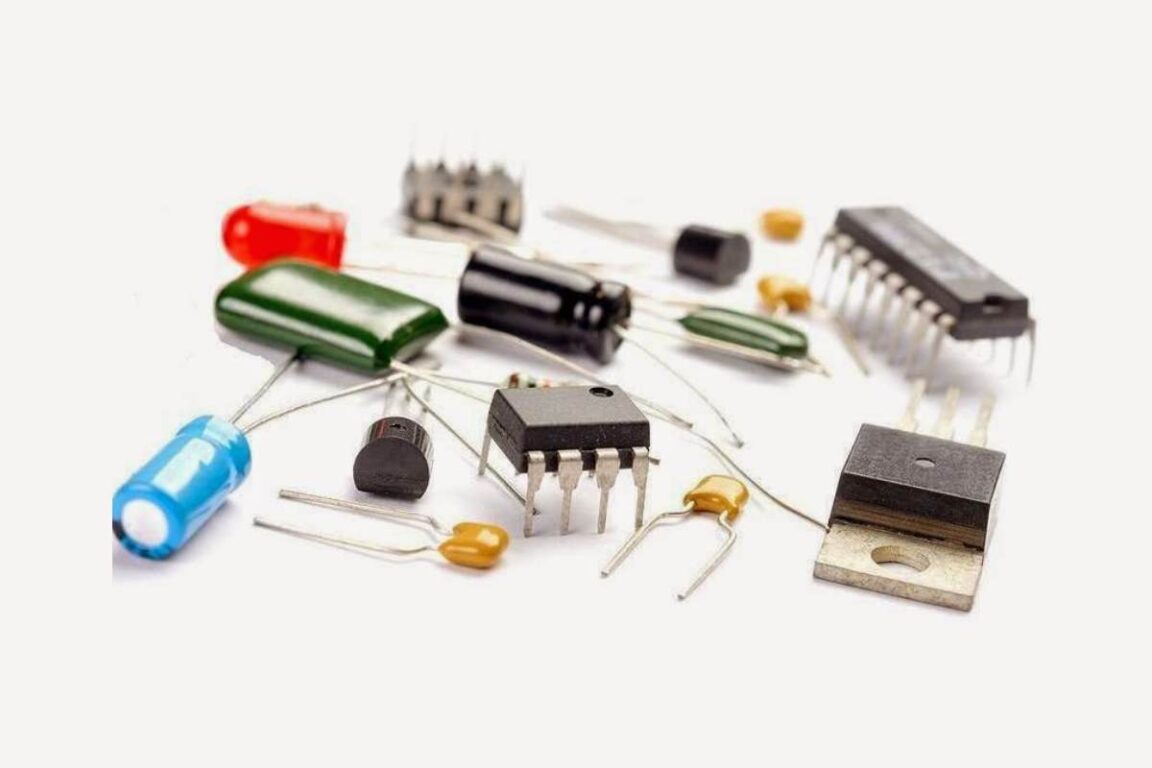Introduction
Electronic Component is also known as the electronic part. It is first introduced by Joseph Henry in the year 1835 . He was an American scientist. Electronics Components are discrete devices in an electronic system used to affect electrons or their field. Electronic components are Industrial products available in the singular form. Without these components, the circuit is never complete or functioning. There are many components in electronic Systems like mobile phone, smart watches, etc.
How Many Types of Electronics Components?
For over 30 existences, we have been co-creating the electronic components market. We combine our global range of business with a family way of organization, in state-of-the-art solutions which we care by a solid business basis. can able to great businesses of to sale electronics parts
So if you are observing for a dependable supplier for your concern or your partner who will assist you in reaching your customers worldwide – you have found it. If we talk about how many components then it is challenging to count on fingertips, but if we talk about types of components, there are only two types. i) Active Components. ii) Passive Components.
Active Components
Active elements are those that can control the flow of electricity. Most printed circuit boards have at least one active component. Some examples of active electronic components are transistors, vacuum tubes, silicon controlled rectifiers. Within the active components are framed electrical generators and certain semiconductors. We can say that Active components are the energy source in any electronics circuit (Usually a DC Circuit) and can inject Power into a Circuit. Many Components that can amplify signals or supply are also included in Active Components, Such as Transistors, Triodes, Vacuum Tubes, Diodes, etc.
Passive Components
Passive elements cannot control the current by utilizing another electrical signal. The Passive electronic components include capacitors, resistors, inductors, transformers, and diodes. can’t Introduce energy into the circuit. These are not sources of Power also can transfer supply or Power only. They can not amplify the signal, but in some cases, they can increase the voltage (through Transformer). This electronic component processes the information that reaches the device and transforms it into images or videos to display it. It is ideal for working with graphic applications, allowing for sharper images.
What Causes Electronic Components To Fail?
Every type of Electronic Component has different failure modes. Going through the failure modes for different types of capacitors in detail could be a book. And it would be a hair-raising book for new engineers who think of themselves as narrow specialists in one field. Reliability problems have no respect for the org charts of our universities.
There Are Some Things You Can Generalize
- The lifetime of most devices is shorter at higher temperatures. That is usually due to chemical or physical-chemistry-activated activated processes. It is easier to pick up a little solid chemistry than solid-state physics, and they are helpful in the World.
- The device lifetime is often shorter at higher ‘stress’ (e.g., higher voltage, higher current, higher optical Power) even at the same temperature.
- Electronic devices that were recently manufactured will usually have a much higher failure rate than devices that have been used for a few months. That’s called ‘infant mortality’- devices with built-in defects.
- Electronic devices that make it past ‘infant mortality’ and are not stressed outside design limits tend to be reliable for decades. In this regime, you can make a failure-rate budget for a circuit board (or a whole system) by adding failures-in-time (FIT) for the components: Failure rate.
- Manufacturers sometimes play games with device distribution. You might get many bare-spec devices at the beginning of life. Watch the statistics and make sure you understand them. That goes triple if you’re paying for tight specs. The most trusting (or inattentive) customer is where the destructive devices tend to go.
Conclusion
In The end, I want to be more precise about what electronic components are. Electronic components are the devices that make up the circuits and that make the devices we use in our day-to-day work, such as mobiles, televisions, or hairdryers. They come encapsulated in ceramic, metal, or plastic.


